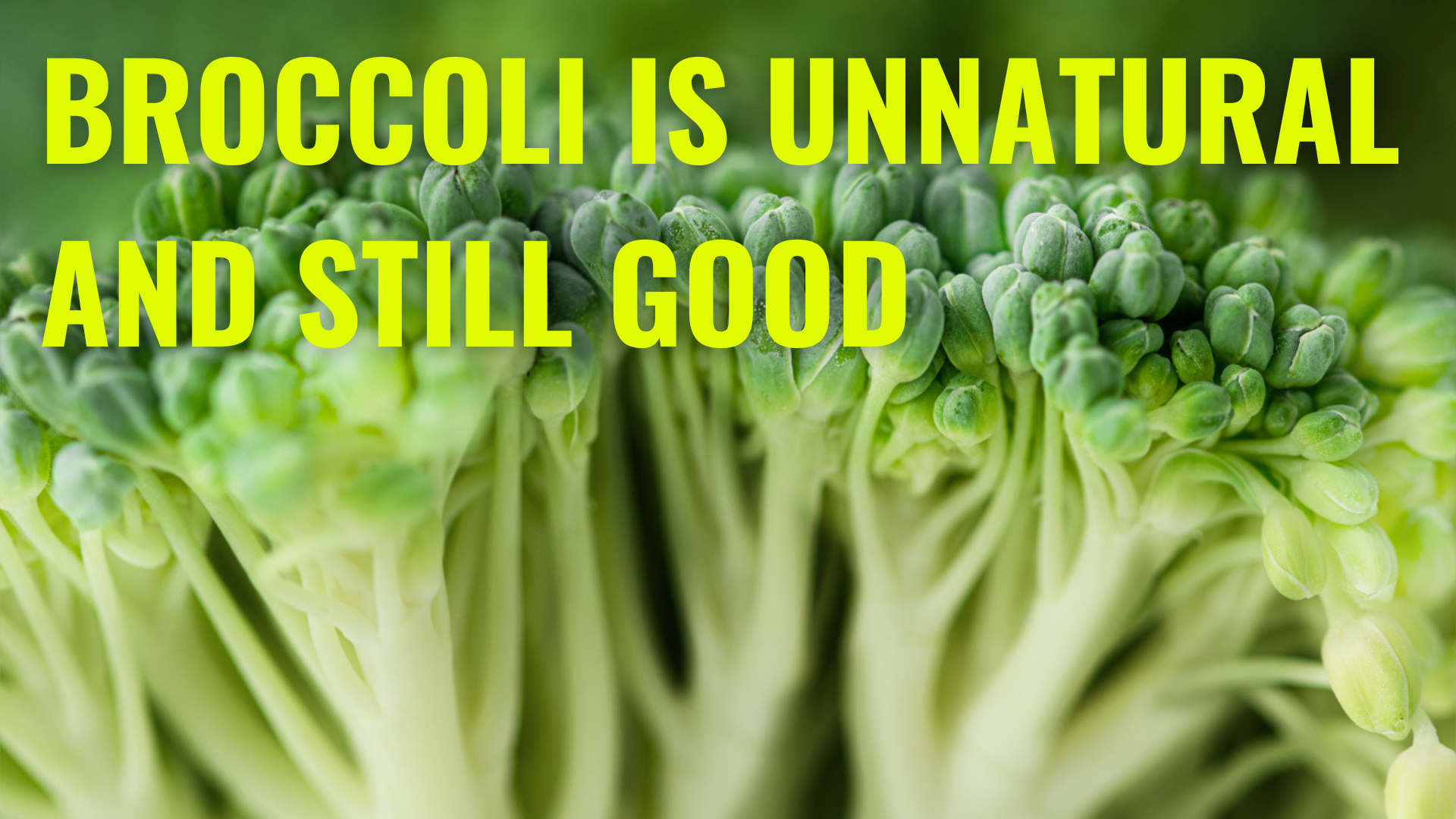“I only eat things that are natural.”
“This color doesn’t occur in nature.”
These are common arguments for why people should eat produce grown and labeled as “non-GMO” or “organic.” While there is certainly room in the market for these forms of agriculture, we should be careful about believing they are curative panaceas for everything from heart disease to climate change.
There are many myths and misconceptions around these labels, some of which motivate the battles we fight in the legislature about how farmers produce food and what consumers eat.
Non-GMO
A GMO, or genetically modified organism, is a living organism that has had a single gene in its genetic code changed and inserted into a single cell to alter the organism. For example, the genetic alteration of crops can provide resistance to pests and disease, reducing the use of pesticides and harm to beneficial bugs. Other genetic alterations made some produce resistant to browning after being cut – reducing food waste. In every case, the benefit of modifying a crop has been to reduce or eliminate environmental damage, harm to beneficial bugs, reduce waste or energy use, or make crops more resistant to weather risk. In the United States, there are just 11 GM crops approved for sale.
Selective breeding
When people think of breeding, they often think of animals, but plants have been bred for centuries. Wild mustard is the “parent plant” for modern cabbage, cauliflower, and broccoli. Wild nightshade is what modern tomatoes, eggplant, potatoes, and tobacco are derived from. Through thousands of years of “breeding” plants for selectively better traits – flavor, size, color, heartiness, length of time to maturity – the foods we consume today are very different from those planted even 50 years ago. Almost every food on the market has been selectively bred to be more appetizing than its parentage.
There is nothing inherently bad about a GMO or selectively bred fruit or vegetable. In fact, in the case of genetically modified produce, there is no way to tell if an item has been altered simply by looking at it or by tasting it. Selectively bred produce, when compared to previous generations of “parent” produce, can sometimes be distinguishable by taste, texture, color, or scent. A prime example of this differentiation can be found in bananas. Particularly the artificial banana flavoring, most often found in candies that many people find unpleasant. Artificial banana flavoring is based off of how bananas tasted in the early 1900s rather than how modern bananas taste, making it unappealing to the taste buds of some people now.





